| Title | RAPTHAI |
|---|---|
| Director | Jirakan Sakunee, Witchayoot Ponpraserd and Sarun Kositsukjaroen |
| Country | Thailand |
| Year of Production | 2018 |
| VDP Selection Year | Popular Culture-2018 |
| Screen Time | 25min |
| Language | Thai |
| Subtitles | English/ Japanese |
| Tags | Hip Hop, Innovation, Song, Poem, Youth |
Overview
RAPTHAI introduces how “rap” culture has taken root in and influenced contemporary Thai society. Focusing on the synergy between Thai culture and “rap” music tradition, this documentary homes in on the stories of 12 Thai rappers and presents a unique look at the different styles they express through their life experiences.


Jirakan Sakunee
Director
Born in 1998, Jirakan is in his 3rd year at the Suan Sunan International School of Art, Suan Sunandha Rajabhat University. Jirakan produces documentary films at the Ratchadamnoen Contemporary Art Center Thailand. He received a special award at the Thai Doc Film. He also participated …and Action! Asia#04: Exchange Program for Students in Film Studies organized by the Japan Foundation Asia Center in 2017.
Witchayoot Ponpraserd
Director
Born in 1998 Witchayoot is currently studying in his 3rd year at the Suan Sunan International School of Art, Suan Sunandha Rajabhat University. He won the short film contest 6+6, Department of Skill Development No.4. He received a special award at the Thai Doc Film. He also participated in …and Action! Asia#04: Exchange Program for Students in Film Studies organized by the Japan Foundation Asia Center in 2017.


Sarun Kositsukjaroen
Director
Born in 1997, Sarun is currently studying in his 3rd year at the Suan Sunan International School of Art, Suan Sunandha Rajabhat University. As well as student life he works parttime behind the scenes on movies, commercials, dramas and music videos. He won the short film contest 6+6, Department of Skill Development No.4. He received a special award at the Thai Doc Film. He also participated in …and Action! Asia#04: Exchange Program for Students in Film Studies organized by the Japan Foundation Asia Center in 2017.
Interview with the Director
Why did you make this documentary?
How did you come to work on this theme?
I made this documentary as I wanted to introduce rap to people who are not familiar with it. I myself think there is straightforward beauty in rap and that it is better than your average songs. It’s not as bad as people make it out to me (as many view it negatively). Rap is not composed easily and must be consistent. It’s like poetry and can make people feel flow and beauty. Rapper society and rappers are good people and rap itself shouldn’t be looked upon in black and white terms. This is why I decided to make this documentary to bring rap to a broader audience.
Message from the Team
“RAPTHAI” isn’t grammatically correct in English, but in Thailand this is the word everyone uses to refer to Thai rapping. The issue is that we know what are the elements of rapping, but, we don’t know about what are the elements of Thai rap. Rap is a culture which is strong, but what about rap in Thai culture? When we mix these two together is Thai rap original rap? Or is Thai rap part of Thai culture? We have no idea how to answer this. But one thing we learnt from making this documentary is that culture is something that is exchangeable (between others) and base from which we can learning good and bad things from the past and develop a new culture.
Commentary from the Screening Committee Members
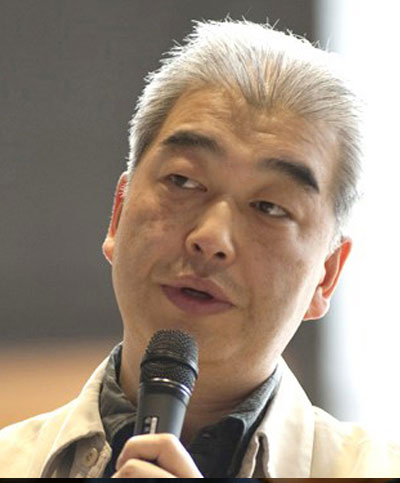
Kenji Ishizaka
This music genre, which has spread to many countries, is also a weapon of protest again political situations, capturing the mood of society today. This reminds me of the film Respeto, a masterpiece from the Philippines that was screened at the Tokyo International Film Festival, in which rap battles were a highlight.
Commentary for deeper understanding
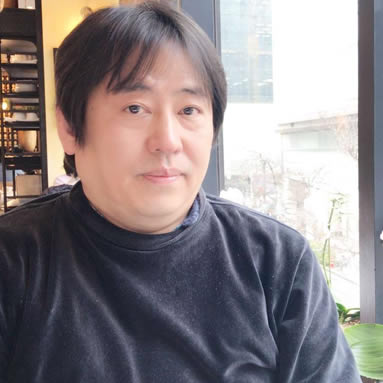
Hideki Hiramatsu
Affiliated Associate Professor, Center for Southeast Asian Studies, Kyoto University, Studies in comparative literatures and cultures, Thai Area Studies
I realized the prevalence of Rap music in Thai, when I saw the footage of Joey Boy, who also appeared in this film, showing up and singing rap song with Thongchai McIntyre (ธงไชย แมคอินไตย์//Pi Bird) in the latter half of the music video of McIntyre’s mega-hit tune in 2010, “Too Much So Much Very Much.” Joey Boy, who had already been famous as a rapper, did perform with the top singer of Thai Pop. Nowadays, even major pop songs have some rap sections and quite a few commercials use rap melodies in advertising their products (As of 1 January 2019, advertisements of cosmetic products and household detergents are provided to the backing of rap melodies). I had only seen a concert of Fiona of Fha MAF, a pioneering female pop rapper before, but it was striking when she said she wanted to quit because it was too tough.
In the film, they repeated comments that rap goes well with the form of Thai expressions, so I would like to give thought to this for a moment. I agree that Thai language by itself, characteristically has a strong preference for “word play” forms of expressions. As an example, in the movie based on a Thai folklore “Twelve Sisters” (1981), expressions such as Tewada (celestial being), Tewado, Tewade, Yaksha (demon), Yakse, and others were frequently used. It is possible to say that it has a platform to easily accommodate forms of rap expressions.
Yet, in the film, they emphasized that they could express anything through rap freely. What comes into my mind here, though not directly relevant to rap, is traditional Thai songs called Lam Tat(ลำตัด), sang impromptu in turn. Just like Utagaki, romantic feelings between men and women are expressed on the spot, but it also and often expresses social satire and caricatural phrases against local powerful people that will be responded to through a witty song, similarly improvised by a counterpart. How satire and edgy the songs can be, depends on each person’s ability. It seems simple but it requires substantial practice to gain proficiency.
Thus, the styles of rap or what is expressed through rap overlap the existing forms of Thai expressions at some points. According to the film, there is now a fusion of rap and Ranat, a classic Thai instrument, and it will be interesting to follow further developments.
However, the rapper tunes introduced in the film, with heavy usage of rough words, known in Thai as Kham Yaap (คำหยาบ) and straightforward presentation of extreme descriptions, as a means of free expression, are different from those sung for some parts of major pop songs. They could be regulated if they are on terrestrial broadcast, like in the case of other countries. The latest tune, “Rap Against Dictatorship (October 2018)” by Prathet Ku Mi (ประเทศกูมี), criticizing the government has also become news in Japan.
In addition, it was interesting that they used the song (ปักษ์ใต้บ้านเรา) by a “Phuea Chiwit (songs for life)” band, called Hammer (แฮมเมอร์), as an example of rap sung in the middle of the film. Moreover, if I’m not mistaken, some artists that appeared in the video were Joey Boy (โจอี้ บอย), Thaitanium (ไทยเทเนี่ยม), Urboy TJ (ยัวร์บอยทีเจ), Phujhan Microphone Checker (ปู่จ๋าน ลองไมค์), Nattawut Srimhok (กอล์ฟ ฟักกลิ้งฮีโร่), Wi (อุ้ย), ICE Maiden? and others. You can check out some of the artists above, as they show up in a program, titled “The Rapper,” which is now on YouTube.
Related Films
-
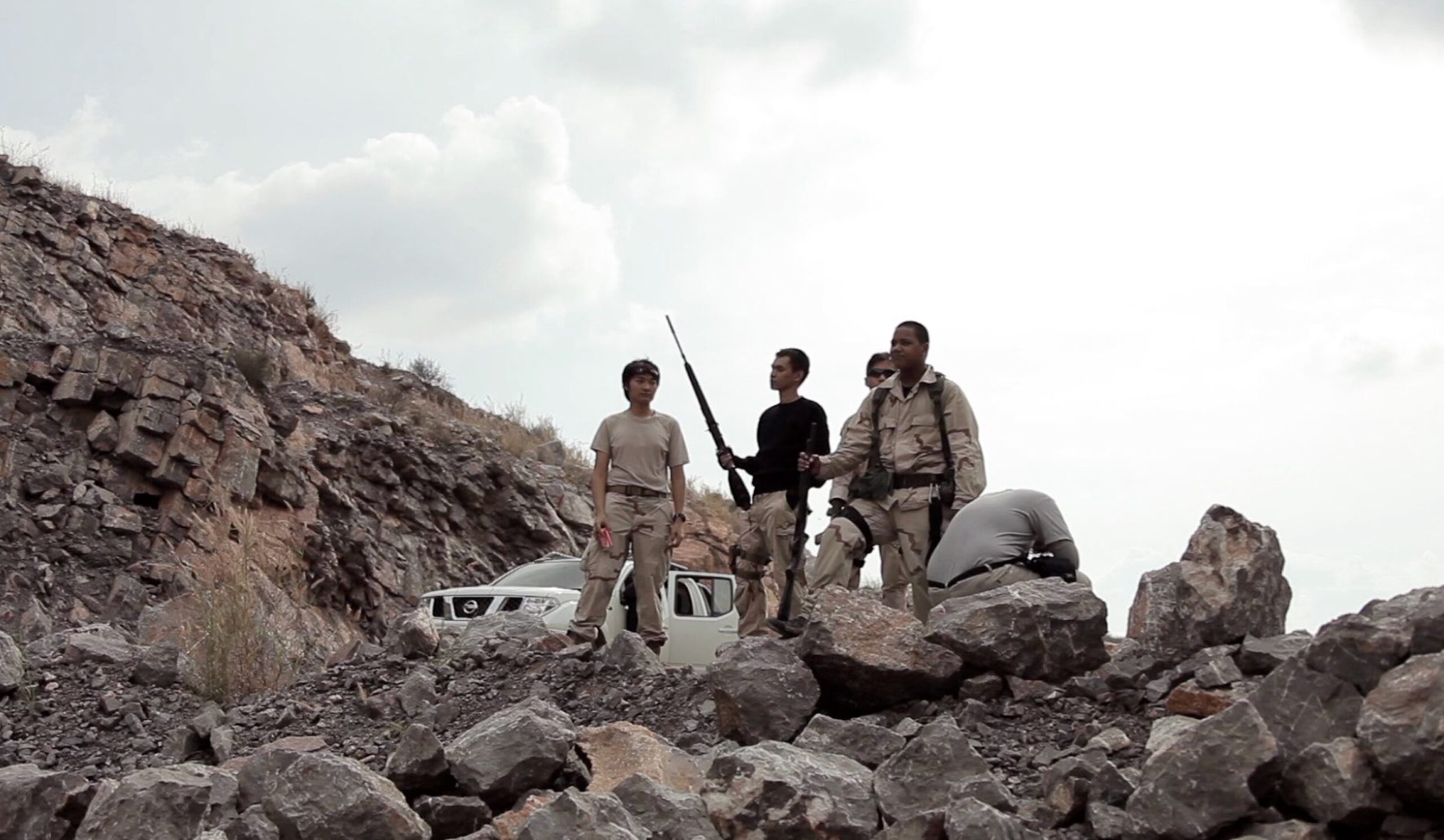
Cosplayer
This documentary delves into the little-known world of soldier cosplay subculture in Thailand. Presenting an intimate story of soldier cosplayers in Thai society, the documentary follows Jum, a man in his late twenties, who is passionate about soldier cosplay and explains how it came to be central in his life. Cosplayer provides a window on how manga, video games and movies are consumed in contemporary Thai society.- Country
- Thailand
- Director
- Yingsiwat Yamolyong
- Time
- 27min
-
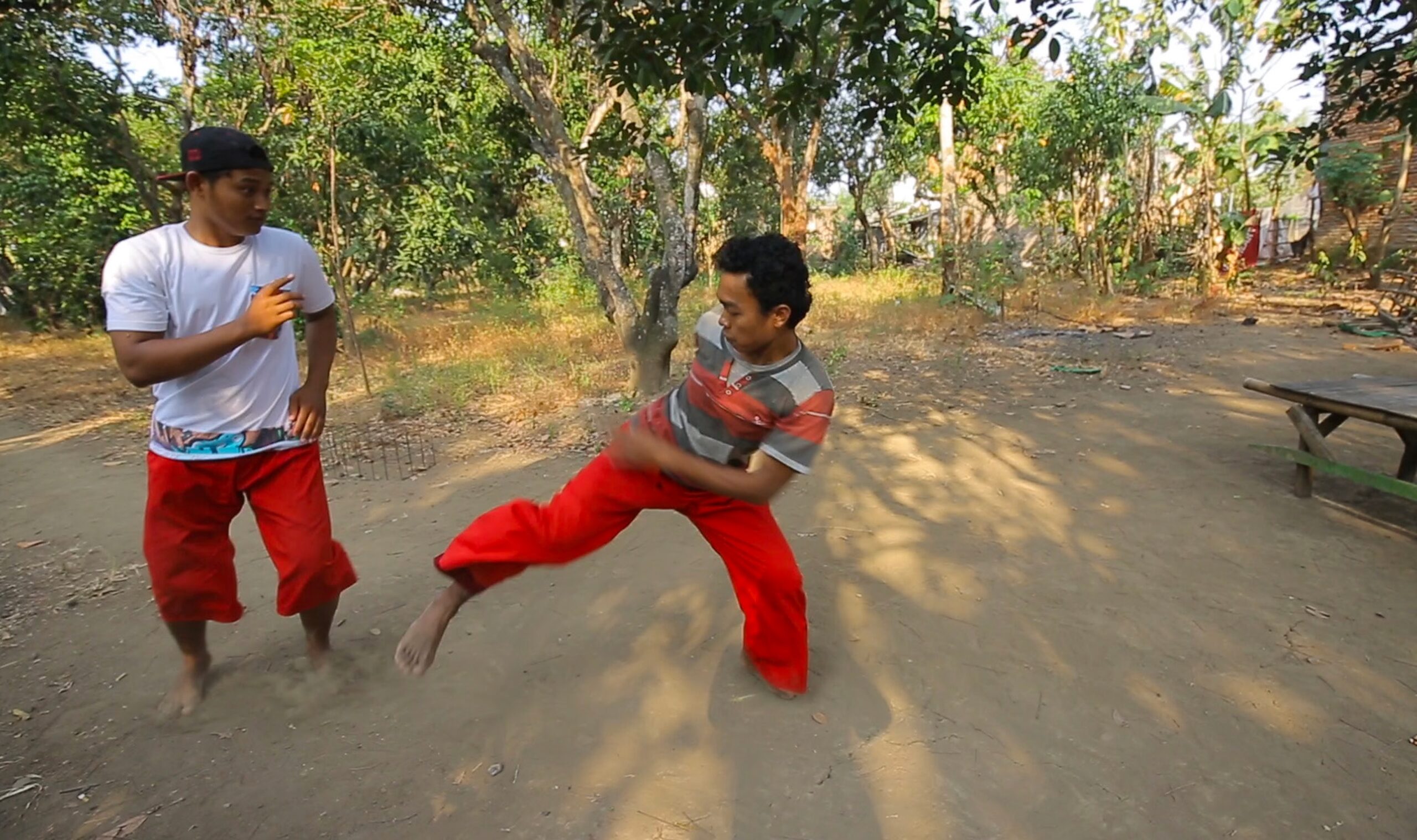
The Fighter
“The Fighter” introduces Pencak Dor martial arts fighting and the story of Pati, who aims to compete in the ring. Yudi, an experienced fighter, trains Pati and other Silat students. The ‘free ring’ format of Pencak Dor contests have become a magnet for fighters wanting to test their strength and demonstrate skills in combat. With no winners nor losers, no insurance and only special prayers for safety, the Fighter focuses on the role and development of Pencak Silat in the fighters’ everyday lives.- Country
- Indonesia
- Director
- Marjito Iskandar Tri Gunawan
- Time
- 26min
-
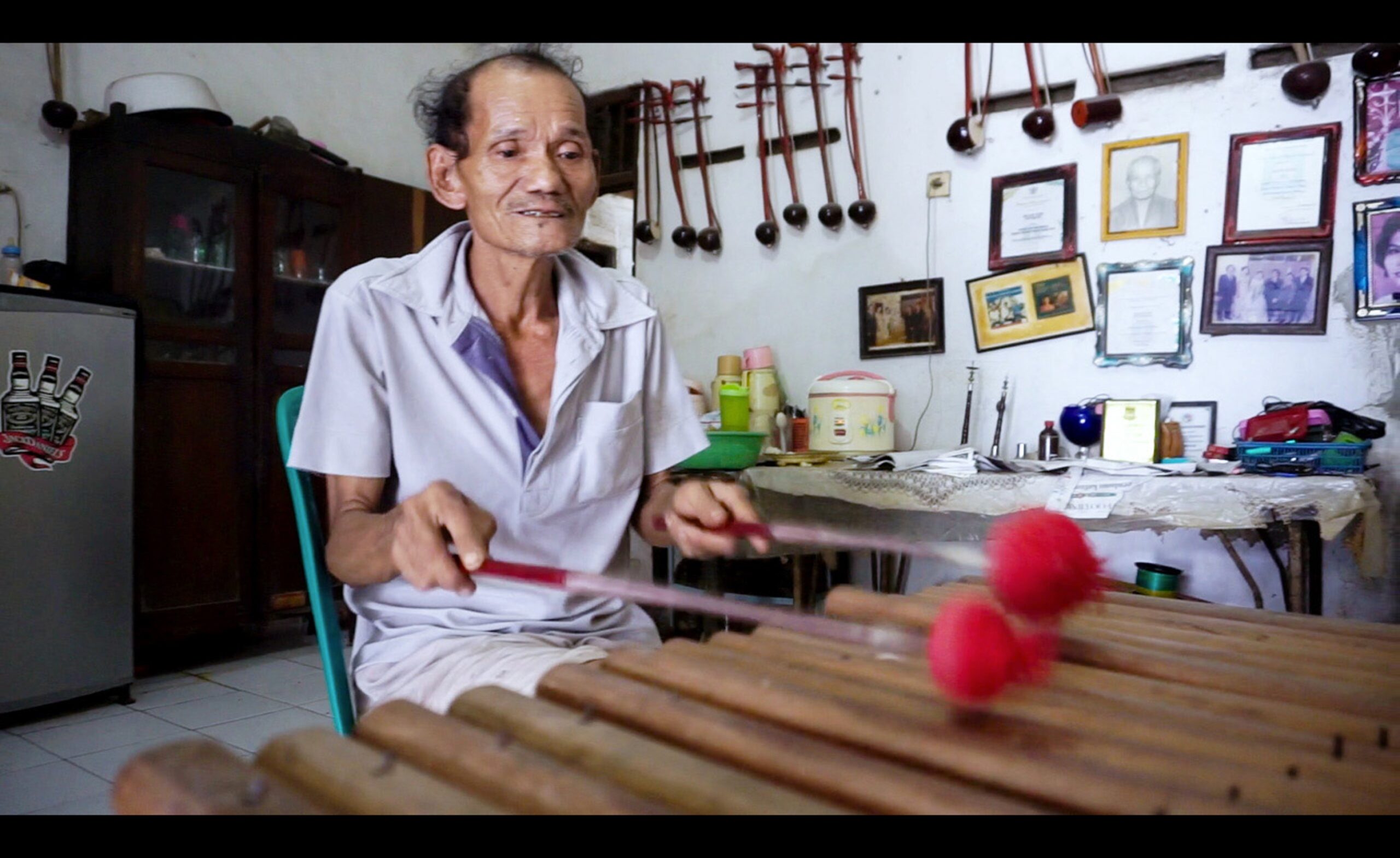
Nostalgia Senja
This documentary offers a sensitive portrayal of Mr. Gohyong reminiscing about his former days as a successful performer with a Gambang Kromong. Nostalgia Senja foregrounds one man’s lifetime dedication to preserving music in the present, and highlights the pressures some traditional arts face in contemporary Indonesia.- Country
- Indonesia
- Director
- Fazhila Anandya
- Time
- 23min
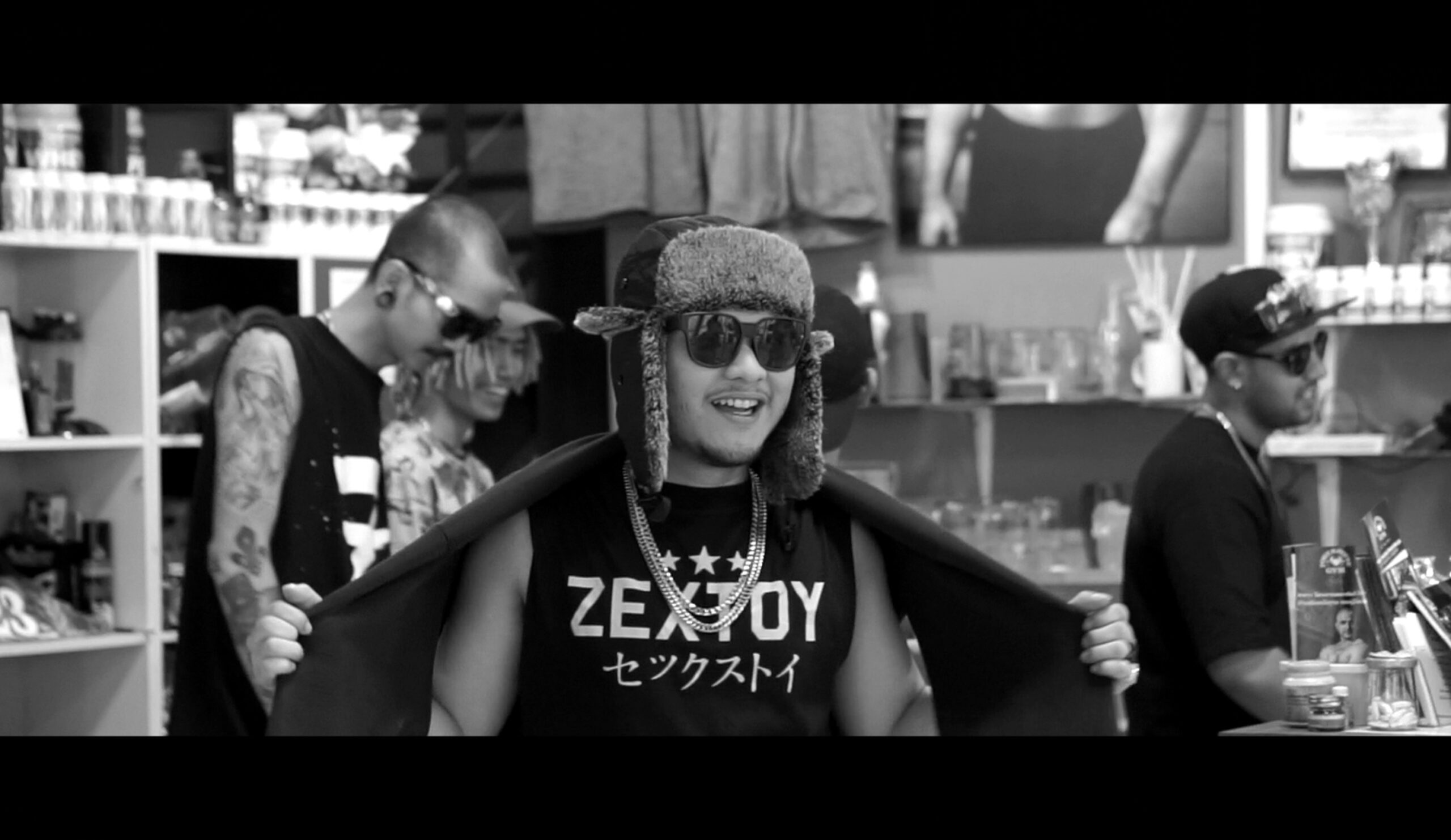
Hiroyuki Yamamoto
There are people attempting to produce a new traditional art through expression rooted in Thai language and culture while also aiming to be at the forefront worldwide with videos and presence on YouTube. Their feelings toward their birthplace are clear from the title of this work, which rhymes with rakthai, meaning “love Thailand.”